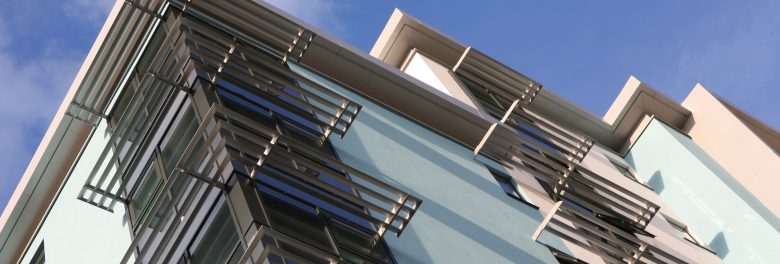
Post construction whole life cycle carbon (WLC) emissions associated to building services are significant when compared to estimates at planning. Working through the design process as more information is known ensures building services are fit for purpose. Without careful attention this can increase embodied carbon emissions as a result of increased material quantities and different plant selection.
Our recent post construction WLC assessments have shown in some cases there can be an increase of up to 25% – 30% of total emissions over planning assessments.
Though, as highlighted in latest guidance, deviation is to be expected there are steps that can be taken to address this performance gap and mitigate its adverse effects. This includes early collaboration with the entire design team and taking proactive steps to alleviate the design-related impacts, such as:
- Emphasise Passive Design: Create architectural solutions that avoid the need for certain building services, such as cooling. By doing so, we can significantly reduce the energy demands placed on MEP systems, thereby decreasing their carbon footprint.
- Embrace Circular Economy Principles: Ensure all MEPH components are easily accessible, repairable, and replaceable. This approach not only reduces waste but also extends the lifecycle of MEPH systems, thereby reducing their embodied carbon impact over time.
- Leverage Methodologies like TM65: Utilising methodologies such as TM65 can be instrumental in understanding the embodied carbon impact of material choices. This equips designers and engineers with the necessary tools to make informed decisions that minimise carbon emissions.
- Adopt a Whole Life Approach: This looks at both operational and embodied carbon, ensuring that the long-term environmental impact of MEPH systems are effectively managed from inception to the end of a building’s life cycle.
Addressing the uncertainties surrounding the role of MEP systems in WLC assessments is essential for sustainable construction, and to minimise the performance gap between planning and as built stages. Early engagement with MEPH experts and other key members of the design team to implement the outlined strategies, we can mitigate the unanticipated increase in embodied carbon emissions.
Posted on October 20th, 2023
Author: Zeta Stebbings
Related services: Specialist Environmental Reports, Whole Life Cycle Carbon Assessments, Circular Economy Statements, Zero Carbon Buildings,